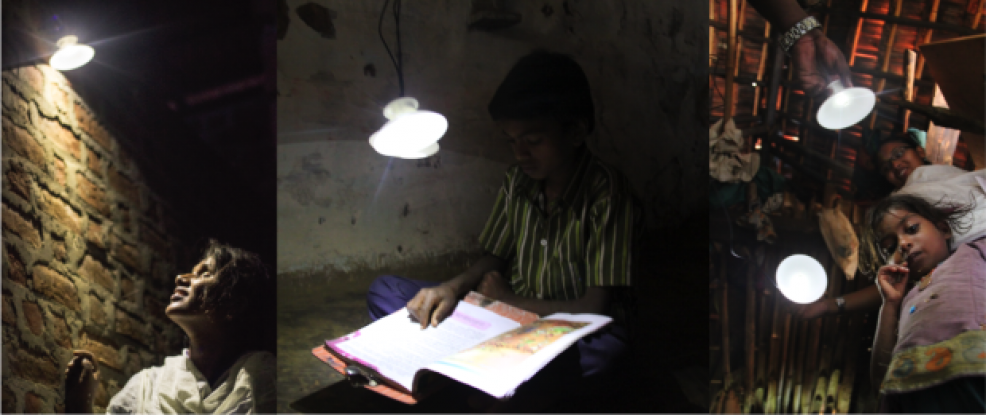[caption caption="edge.rit.edu"][/caption]
Does Indonesia have enough light? As of present day our country has a population 250 million whilst growing at a fast rate. The island of Java itself consists of more than half of Indonesia’s population at 140 million. In highly populated areas such as Jakarta the many necessities such as food, water and electricity are always provided. But in the many other isolated places such as the jungles of Kalimantan or Sumatra the case isn’t the same. A new technology called GravityLight provides light to areas that lack it, using neither electric nor fossil fuels but gravity alone.
The term living off the grid refers to living without the support of public services such as being unconnected to the electricity grid or sewage systems, water supply and the like. Sometimes people choose to live off the grid while other times it’s the lack of infrastructure in isolated areas. There are schools though they are distant for most, providing a lengthening walk through pathless forest and sometimes rivers. Further studying at night is difficult without the required light so kerosene lamps are used in replace, ejecting hazardous fumes and imposes the risk of burning.
Gravity light began as a campaign on indiegogo that received funds way above their expectations. It grew into a company sponsored by Shell, with motives of mass producing, bringing the price down making it available for anyone and spreading its usage throughout 3rd world countries. GravityLight uses gears to release the weights attached to it at a slow constant rate releasing energy in the form of light.
[caption caption="www.sciencealert.com"]

By hooking up the lamp to a relatively high position and connecting bag of weight to its end the weight will fall at a very slow rate. The weight is about 10kg and during its descend the LED will beam a bright white light. The descend takes nearly half an hour and the LED dies after. One would have to lift up the weight again. The cycle can be done an infinite amount of times as long as the components remain intact. It will continue to provide constant light without consuming any fuel or battery except the physical energy it takes to lift a bag. In contrast to kerosene where you would have to buy the costly fuel every so often. GravityLight aims to bring its price down to as low as $5 through mass production.
Humans have harnessed the power of gravity since Roman times with the watermill that came to evolve into modern day dams. Water moves downhill due to gravity, which pushes a turbine along the way to convert the energy. Converting gravity into a light is a first however, and will surely be put to great use in the isolated areas of Indonesia.
https://en.wikipedia.org/wiki/GravityLight
https://www.youtube.com/watch?v=Jsc-pQIMxt8
Follow Instagram @kompasianacom juga Tiktok @kompasiana biar nggak ketinggalan event seru komunitas dan tips dapat cuan dari Kompasiana. Baca juga cerita inspiratif langsung dari smartphone kamu dengan bergabung di WhatsApp Channel Kompasiana di SINI






